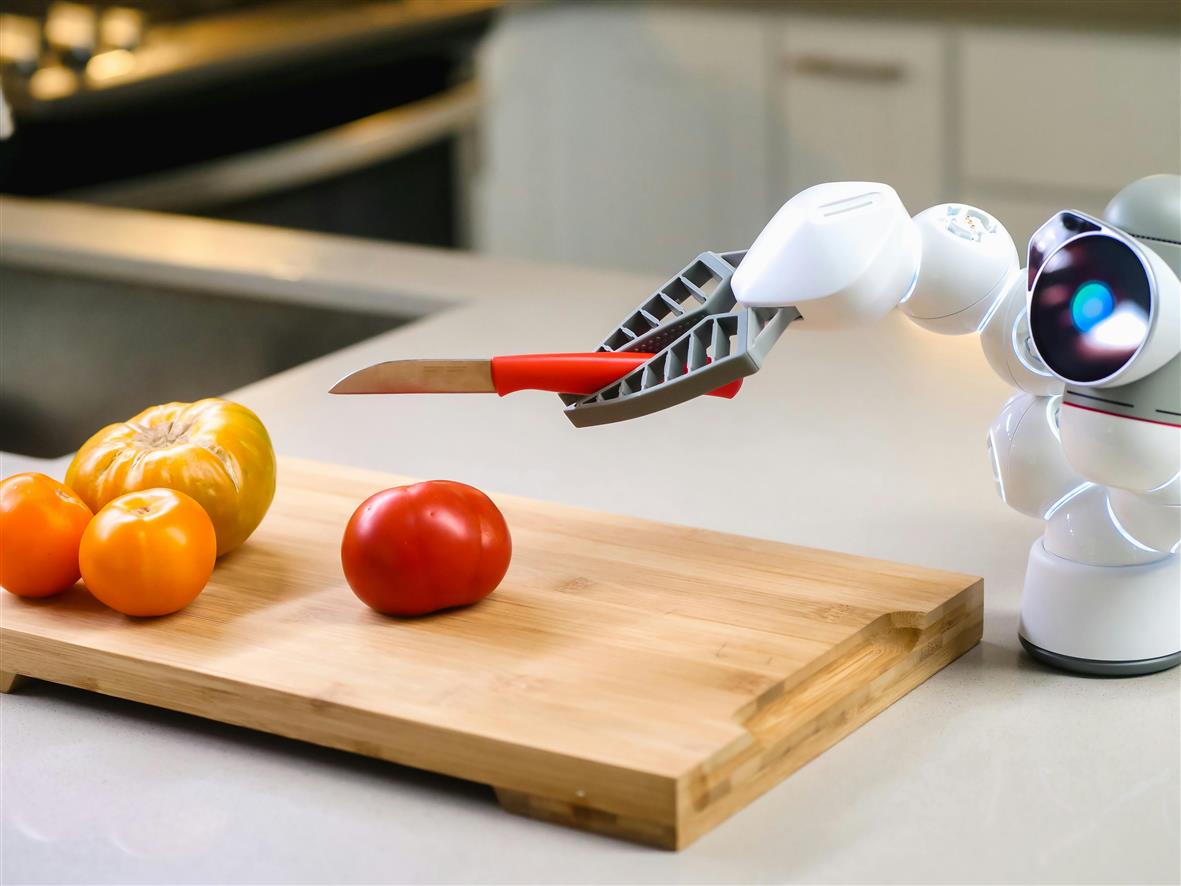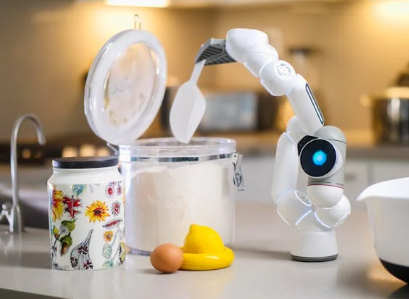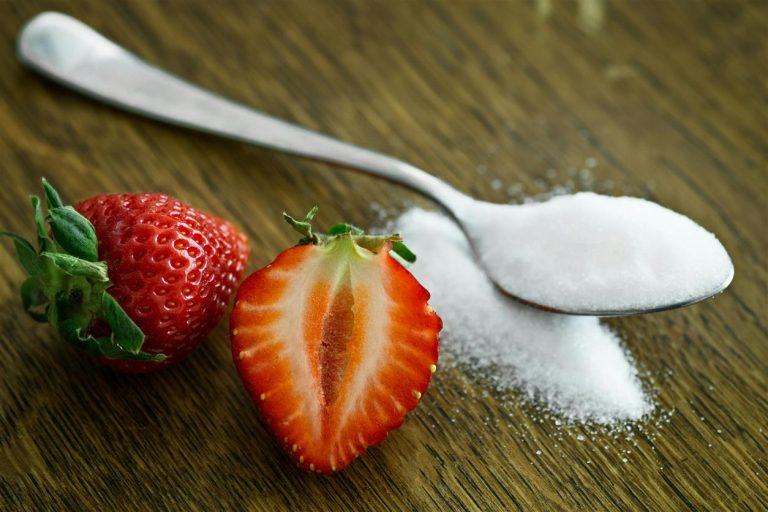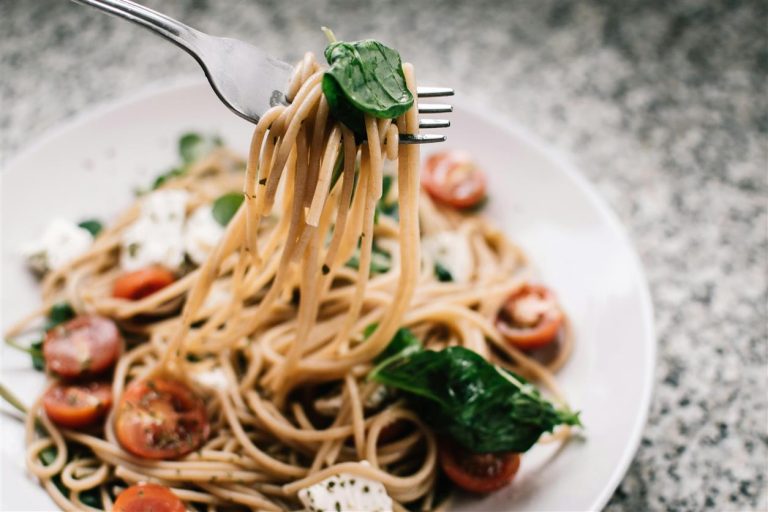
Walk into a handful of modern kitchens today—whether at a trendy fast-casual restaurant or an upscale tech-forward eatery—and you might spot something unusual: a robotic arm flipping burgers, a machine assembling salads with mechanical precision, or an automated oven fine-tuning a meal based on internal temperature readings. These aren’t gimmicks for show. They’re part of a growing movement toward automating food preparation. But as machines edge deeper into the culinary world, the big question lingers—are chefs being replaced, or is this just another chapter in the evolution of cooking?
The Rise of the Automated Kitchen
Automation in kitchens isn’t entirely new. Commercial kitchens have long relied on timers, thermostats, and precision tools to maintain consistency and reduce error. But the past few years have seen a significant leap in complexity and autonomy. Machines are no longer just assisting—they’re cooking.
In cities like San Francisco and Tokyo, restaurants run entirely by robots are no longer science fiction. Automated sushi counters, robotic ramen stalls, and fully autonomous burger kitchens are catering to thousands of customers daily. Even large chains like Chipotle and White Castle are testing out robotic assistants to handle repetitive tasks like tortilla chip frying or burger flipping.
This trend isn’t driven solely by curiosity. Labor shortages, rising wages, and pressure for consistency have made automation increasingly attractive to restaurant operators. A robot doesn’t call in sick, take smoke breaks, or need training. It can work long hours with minimal maintenance.
Efficiency vs. Artistry
Despite the efficiencies, critics argue that cooking is more than a mechanical process—it’s a craft, an expression, a human act. Recipes can be followed by machines, but seasoning to taste, responding to customer preferences on the fly, or improvising with ingredients requires judgment, creativity, and emotional intelligence.
There’s also something inherently human about food preparation that can’t be easily replicated by machines. The artistry of plating, the emotion conveyed in a well-cooked meal, or the storytelling behind a chef’s signature dish—all of that relies on personal experience and cultural context. These qualities can be mimicked, but not authentically recreated by software.
Still, robots don’t need to be in competition with chefs. In many kitchens, automation is being introduced not to replace, but to support. Machines take on the monotonous, physically taxing, or high-risk tasks—chopping, frying, portioning—while chefs focus on the creative and sensory elements of the dish.
The Cost Factor
Adopting kitchen robots doesn’t come cheap. While labor costs are ongoing, robots require a significant upfront investment, regular maintenance, and software updates. Small restaurants, especially mom-and-pop establishments, may not see a return on that investment for years—if at all. This creates a divide between large corporate chains that can afford the tech and independent eateries that still rely on manual labor and personal touch.
However, as prices for automation equipment decrease and modular machines become more accessible, the gap may start to shrink. Already, companies are offering leasing models or robot-as-a-service (RaaS) options, allowing even mid-sized operations to experiment with meal automation without betting the whole business on it.

Job Loss or Job Shift?
One of the main concerns surrounding kitchen automation is employment. If a machine can prepare a meal faster, cleaner, and more consistently than a person, what happens to cooks, prep workers, and line chefs?
The reality is nuanced. Some roles will undoubtedly become obsolete or change drastically. But history shows that new technology often shifts labor rather than erasing it completely. As machines take over basic cooking tasks, demand may grow for those who can program, repair, or manage them. Culinary workers might need to retrain—not to leave the kitchen, but to operate within a hybrid human-machine environment.
Moreover, there’s growing interest in blending robotics with hospitality rather than replacing it. A robot may cook your pasta, but it’s a human server who’ll recommend the wine, describe the origin of the ingredients, and turn a meal into a memorable experience.
The Customer Experience Dilemma
From the diner’s perspective, automated kitchens offer clear advantages: shorter wait times, fewer errors, and potentially lower prices. But some customers express unease about eating food prepared entirely by a machine. Part of the appeal of dining out is the sense that someone, somewhere, is taking care of you—a feeling that’s hard to replicate through stainless steel and code.
This is where restaurants must tread carefully. Full automation may work in busy airports or food courts where speed is king, but high-end dining, where experience matters as much as taste, will likely always have a place for human chefs.
Looking Ahead
Rather than asking whether chefs will be replaced, it may be more accurate to ask how their roles will change. Just as digital photography didn’t kill photography but reshaped the way professionals approach their craft, kitchen automation may do the same for food.
Chefs of the future may be equal parts artist, technician, and systems manager—working alongside machines, not in competition with them. The challenge will be ensuring that as robots gain ground, food doesn’t lose its soul.
In the end, the act of sharing a meal—its cultural importance, emotional resonance, and sensory pleasure—is a deeply human tradition. Machines may prepare our food, but it’s humans who gather to enjoy it. And that part isn’t changing anytime soon.






